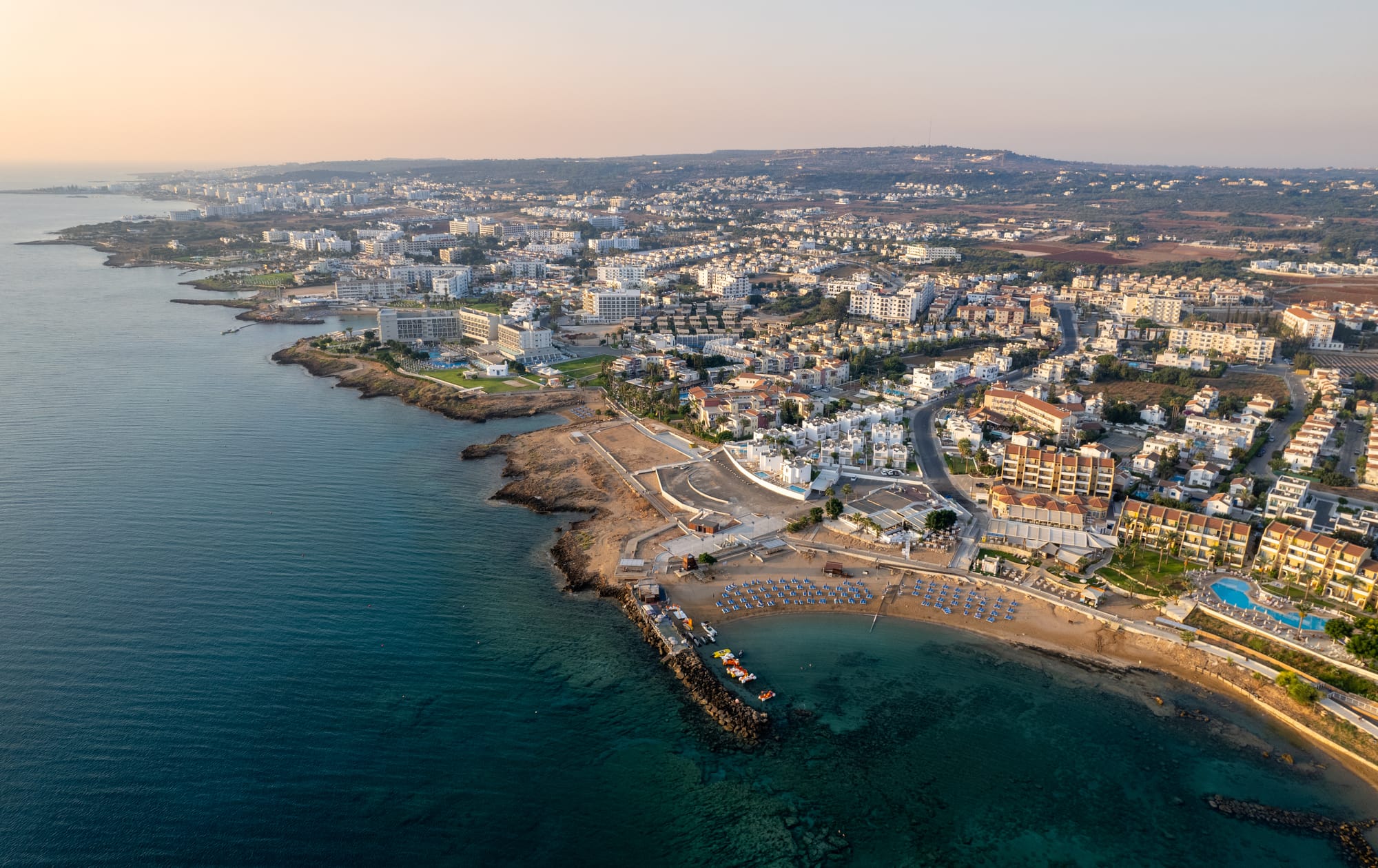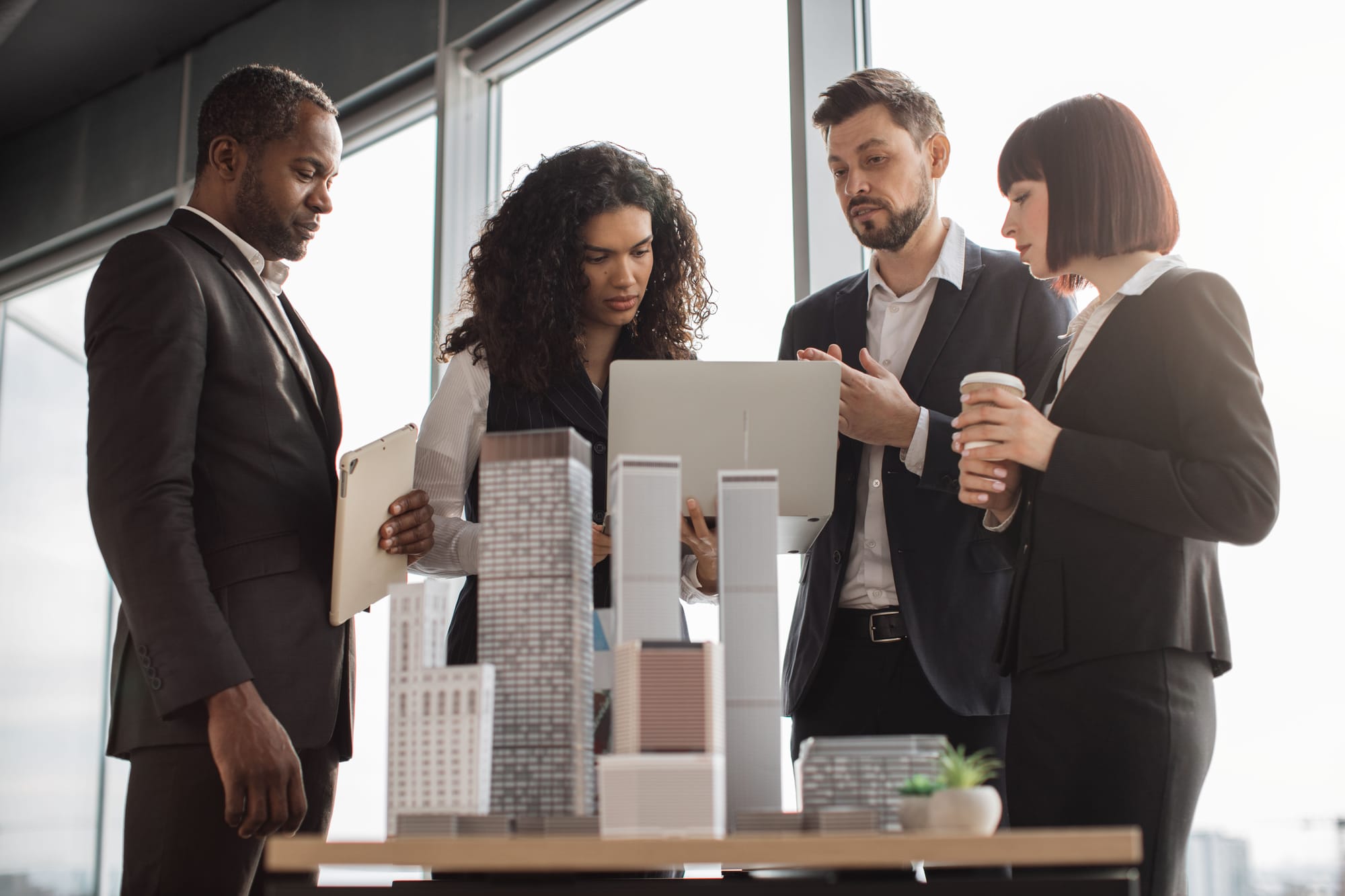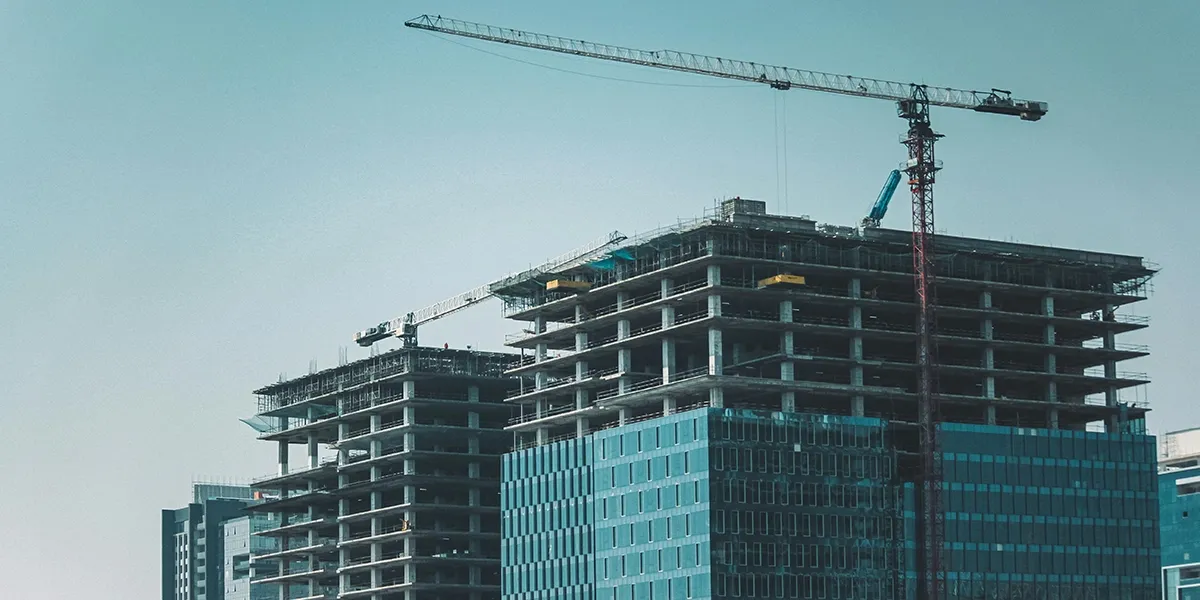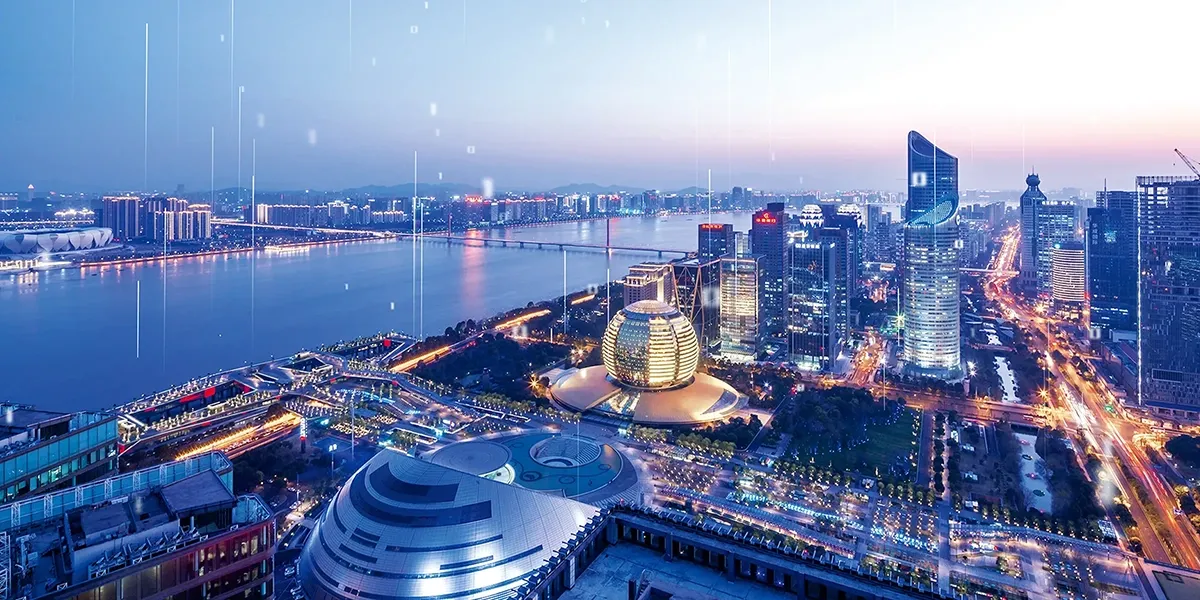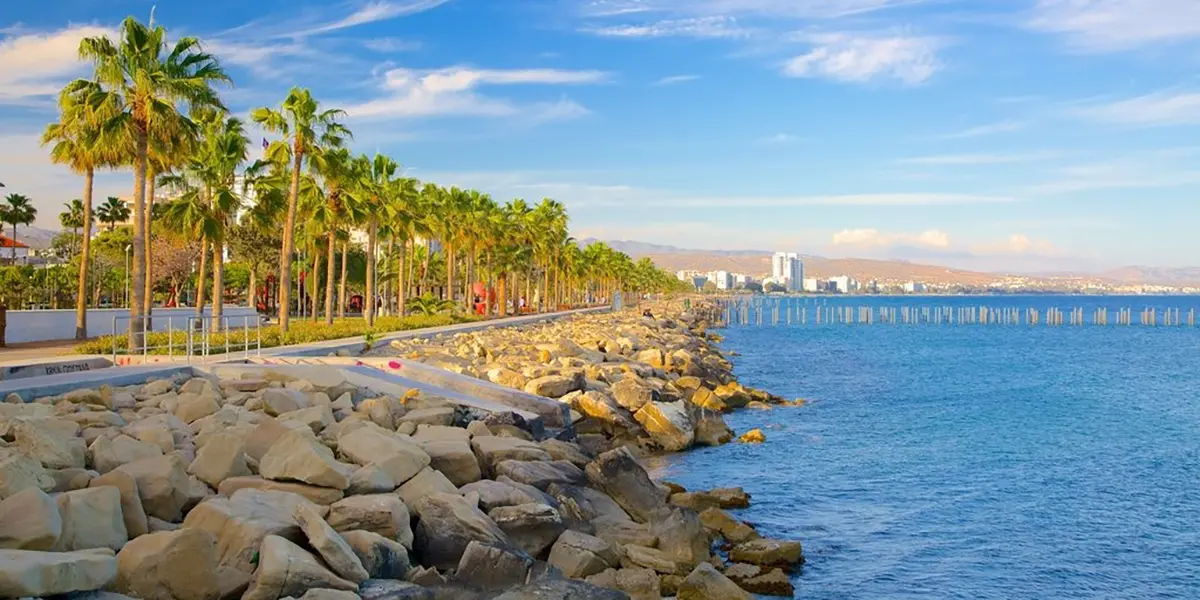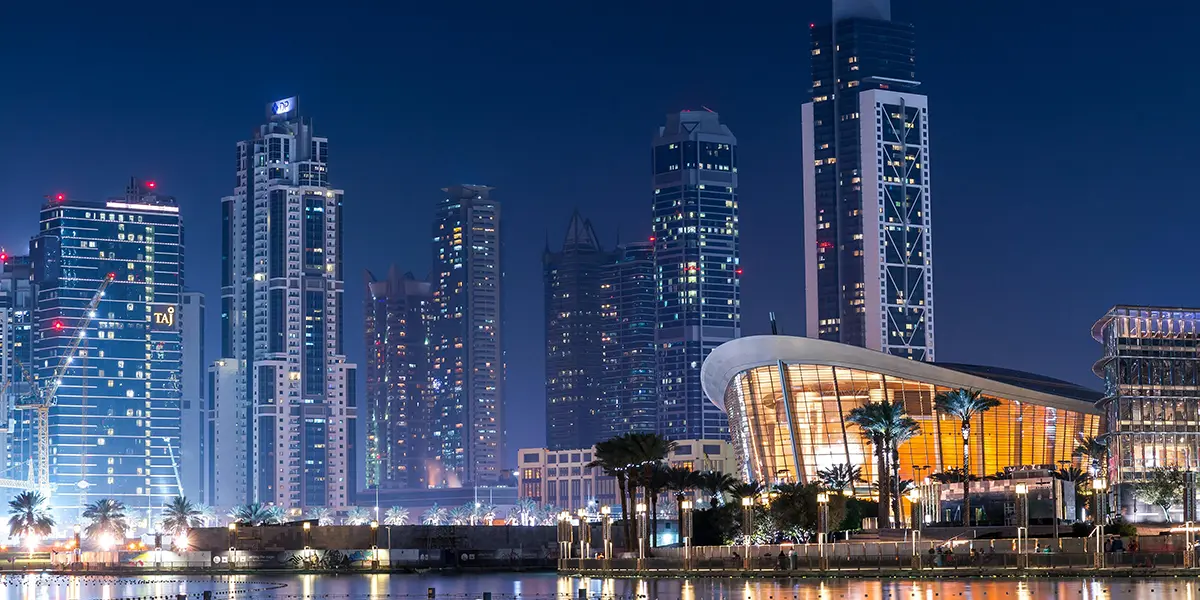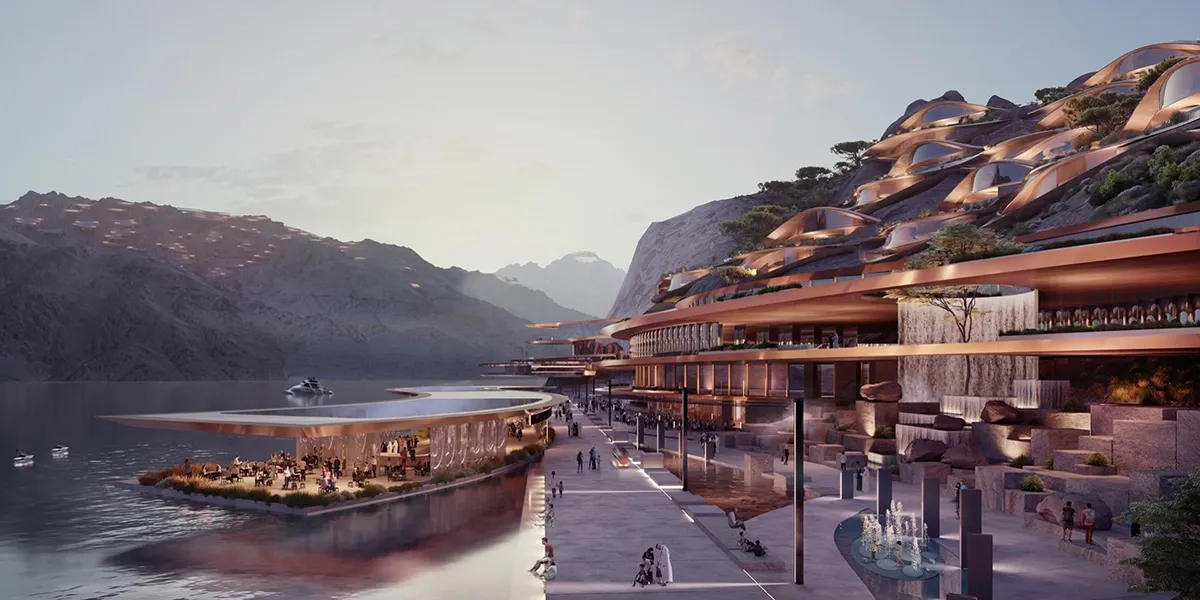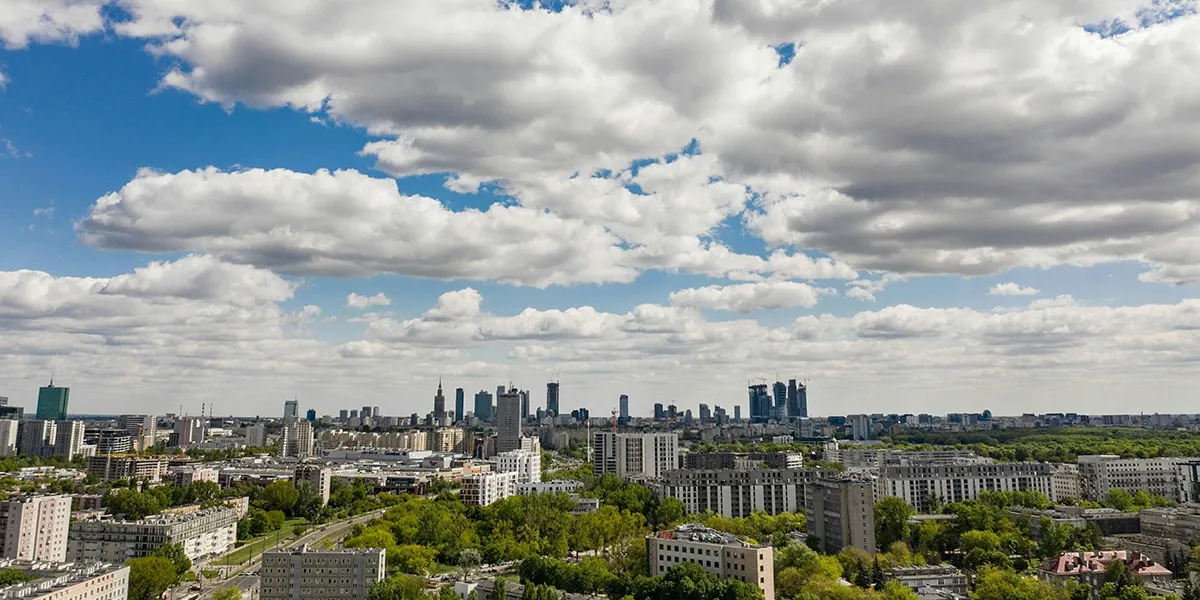Trump's 2025 Tax Policy: How Current US Tax Changes Affect American Real Estate Investment Returns
In 2025, U.S. tax rules changed, and real estate investors are feeling the effects. New laws on capital gains, 1031 exchanges, mortgage deductions, and taxes for foreign investors are reducing profits. These changes make smart planning more important than ever. If you own, rent, or sell property in the




